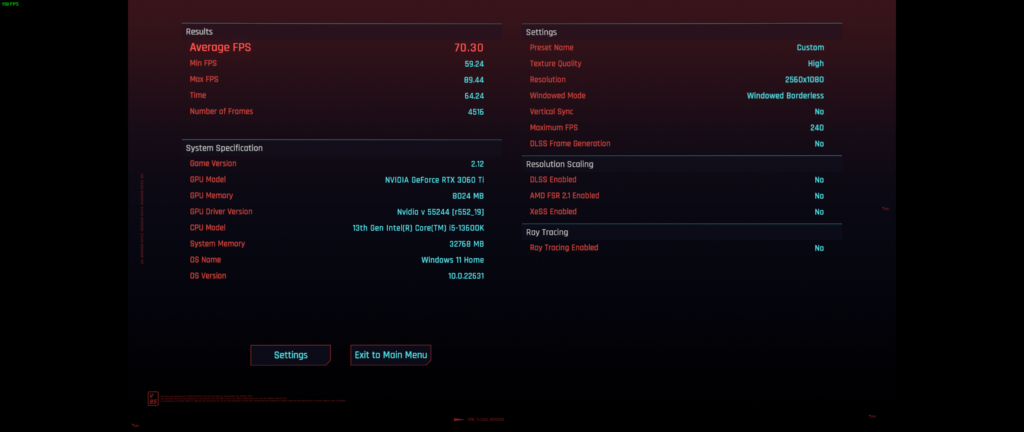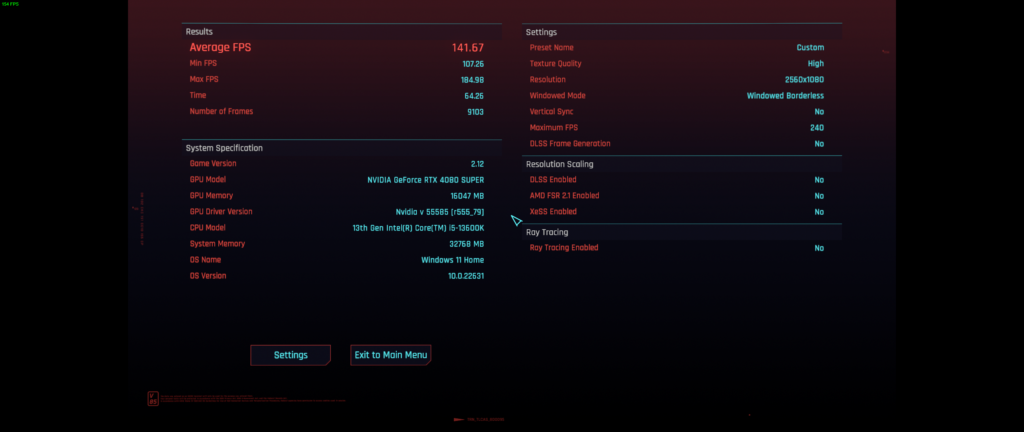PC gaming boasts unparalleled visual fidelity and immersion, yet achieving smooth gameplay often demands powerful builds, especially with today’s demanding titles. Recent game releases have highlighted a significant issue: many games suffer from performance problems stemming from unoptimized code and resource-intensive engines, often due to inexperienced developers or a lack of optimization as a studio’s priority.
The Pitfalls of PC Gaming
From the perspective of console gamers, the argument often arises that consoles offer better value for performance. Frankly, this assertion holds true, especially during the year of a new console release. However, consoles lack the versatility, upgradability, customization, expansive game library, and functionality of a PC. Typically, just a year after a new console launch, the Custom PC reclaims its dominance.
Unfortunately, the demands for performance continually escalate with no foreseeable end. Many mainstream titles require an excessive amount of VRAM, and most GPUs struggle to keep pace (a limitation shared by consoles). Even smaller studios encounter performance issues for their users, as seen in recent releases like Gray Zone Warfare or games utilizing the resource-heavy Unreal Engine 5. Most mid-range GPUs, such as the 6650XT and RTX 3060, fail to deliver satisfactory experiences above 1080p, even at the lowest settings.
High-End Performance Analysis with the RTX 4080 Super
The pivotal question remains: how do high-end cards perform in these demanding scenarios? Presently, higher-end GPUs like the RTX 4090 and RTX 4080 Super appear to serve as a stopgap solution for the incessant performance demands of these intensive games. Below are comparisons between a mid-range 3060 Ti and the 4080 Super:
3DMark – Benchmarks
| Time Spy | Fire Strike | Steel Nomad | |
| RTX 3060 Ti | 11,637 – 77 FPS | 30,465 – 143 FPS | 2,613 – 26 FPS |
| RTX 4080 Super | 27,857 – 183 FPS | 66,793 – 327 FPS | 6,340 – 64 FPS |
Intensive PC Games
| Cyberpunk Ultra | Cyberpunk Ultra RT | Gray Zone Warfare Ultra | Hellblade 2 Ultra | |
| RTX 3060 Ti | 70 FPS | 28 FPS | 28 FPS | 15 FPS |
| RTX 4080 Super | 141 FPS | 74 FPS | 140 FPS | 90 FPS |
It’s evident that the RTX 4080 Super outperforms the 3060 Ti significantly, showcasing its capability to handle demanding titles like Cyberpunk and perform admirably with newer releases such as Gray Zone Warfare and Hellblade 2.
Raw Cyberpunk Benchmarks:
RTX 3060 Ti – Ultra

RTX 4080 Super – Ultra

Costs of Future Proofing
The looming question arises: is it worthwhile to invest in expensive hardware to future-proof your PC? Several factors must be considered, such as: Can you afford a $400 GPU annually? Are you able to utilize monthly payment programs like Newegg’s?
Ultimately, we believe the one-time investment in futureproofing for several years is more advantageous. In the short term (1-3 years), you’ll possess an immensely powerful card that easily outperforms 99% of games. In the long term (4-6 years), you’ll still compete favorably with midrange cards, allowing you to decide whether to reinvest in the latest powerhouse.
Conclusion
Regrettably, many game studios prioritize hype and marketing over optimization. While it would be beneficial for gamers to vote with their wallets and abstain from purchasing poorly optimized games, this approach hasn’t proven effective. If you aim to significantly enhance your PC gaming experience, perhaps the most viable option now is to invest in future-proofed GPUs like the RTX 4090 and RTX 4080 Super.

